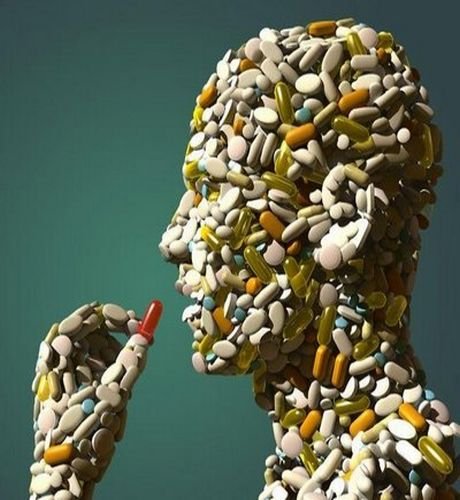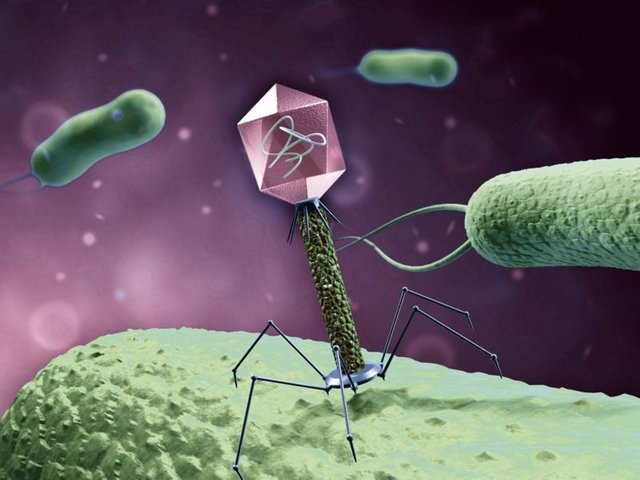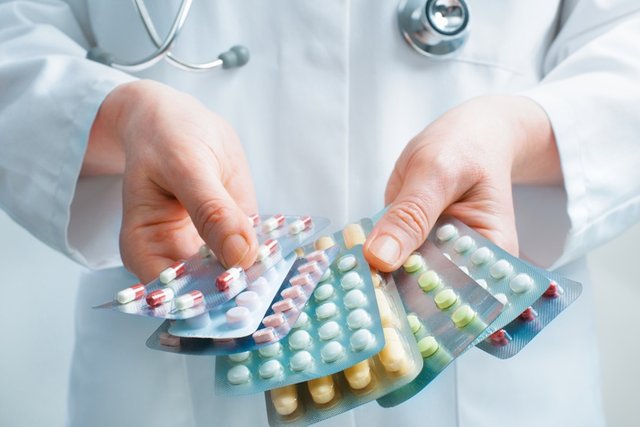How often do you take antibiotics?

As you know, bacteria accompany us from birth. A huge amount of them helps us in everyday functioning, and even protects us against bad germs. We could not live without some bacteria. In turn, the viruses are not so favorable. At the moment all viruses are bad for humans.

Virus vs bacteria:
- Viruses are smaller
- Viruses have a simpler structure
- Viruses need to be hosted to reproduce
- Viruses are classified on the borderline of animate and inanimate world
- Antibiotics do not work on viruses
A healthy adult with a well-functioning immune system catches infections on average 2-4 times a year. Up to 90 percent they cause viruses.
Unfortunately, doctors prescribe them on an unimaginable mass scale even in cold cases. An additional problem is the massive addition of "preventive" antibiotics to food and feed for farm animals. Instead of resting, strengthening the immune system, give the body a chance to recover at its own natural pace - as we should in the case of viruses. We go to the doctor after the prescription, to immediately reduce the fever, remove the symptoms and put us on our feet immediately.

Side effects
The entire length of our digestive tract is inhabited by beneficial bacteria that form a protective barrier for pathogens: toxins, germs, parasites. If this barrier is damaged by the administration of an antibiotic, our bacterial flora loses the ability to neutralize toxic substances from food and the environment, inactivate histamine, remove heavy metals and other poisons. Without a well-functioning bacterial flora, the intestinal wall not only loses its protective properties, but also largely loses the ability to absorb nutrients.
What causes antibiotic therapy?
- It destroys beneficial bacteria not only in the intestines, but also other organs and tissues,
- They change the structure of bacteria, viruses and fungi by transforming them from mild to pathogenic, giving them the possibility of invading tissues and causing disease
- They make bacteria resistant to antibiotics, so the pharmaceutical industry must work at full steam to produce new antibiotics
- They have a destructive effect on the immune system, making us more susceptible to infections, which leads to a vicious circle - more antibiotics - more infection.
- They cause unwanted effects, further weakening our body
If you really need an antibiotic during treatment, you need to remember about probiotics, and after it ends, immediately start to rebuild the bacterial flora, for example by eating silage, yogurt, kefirs.